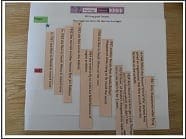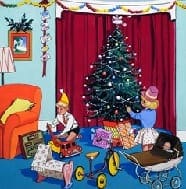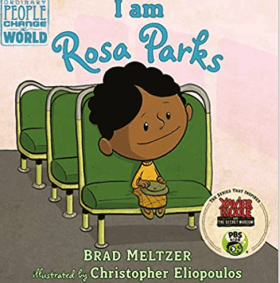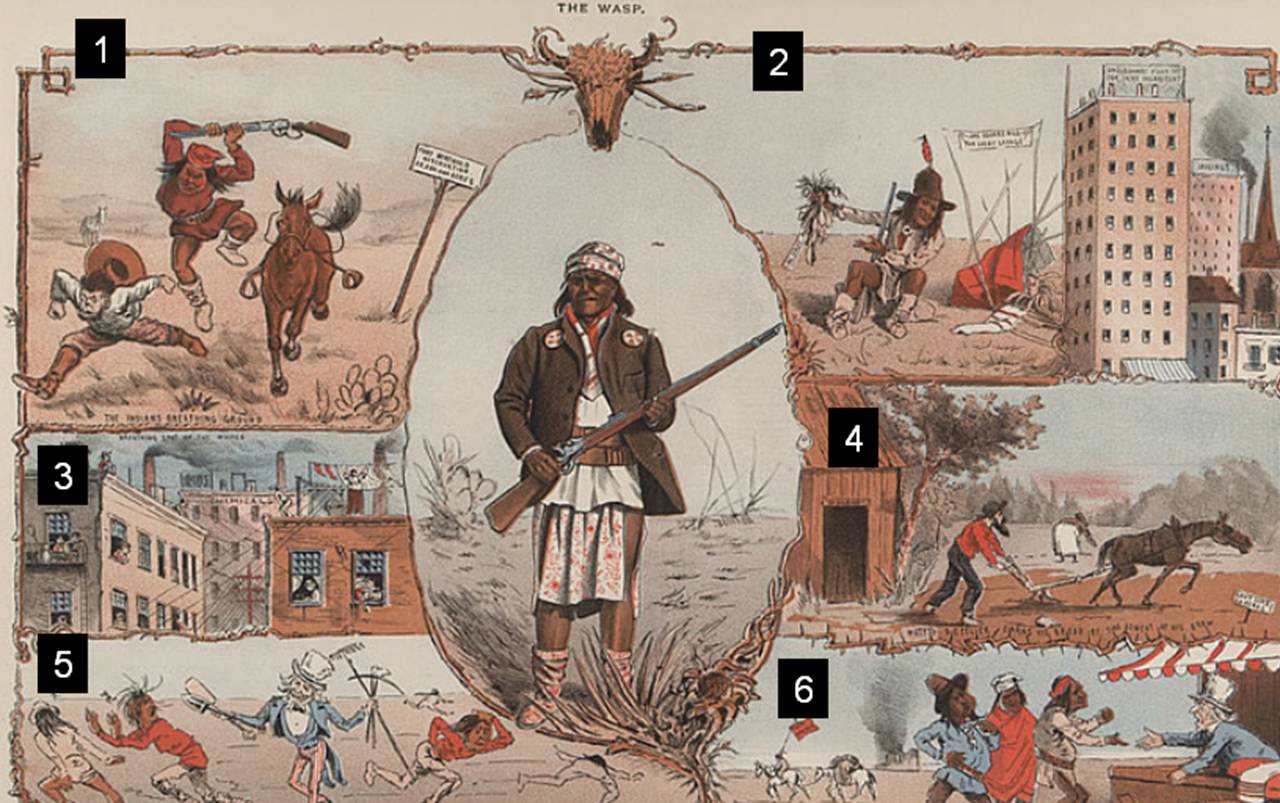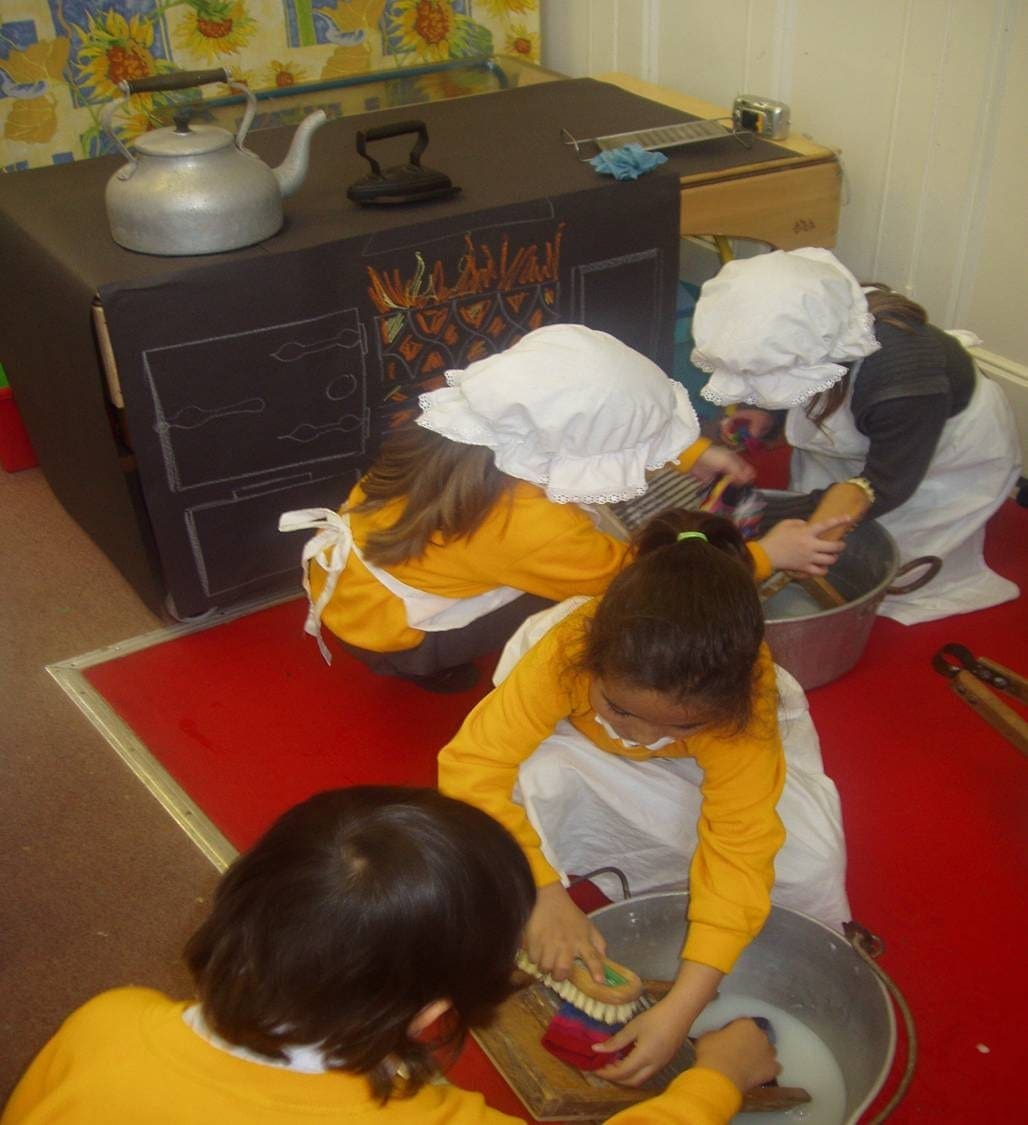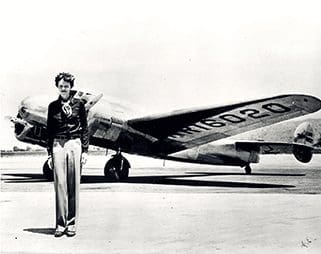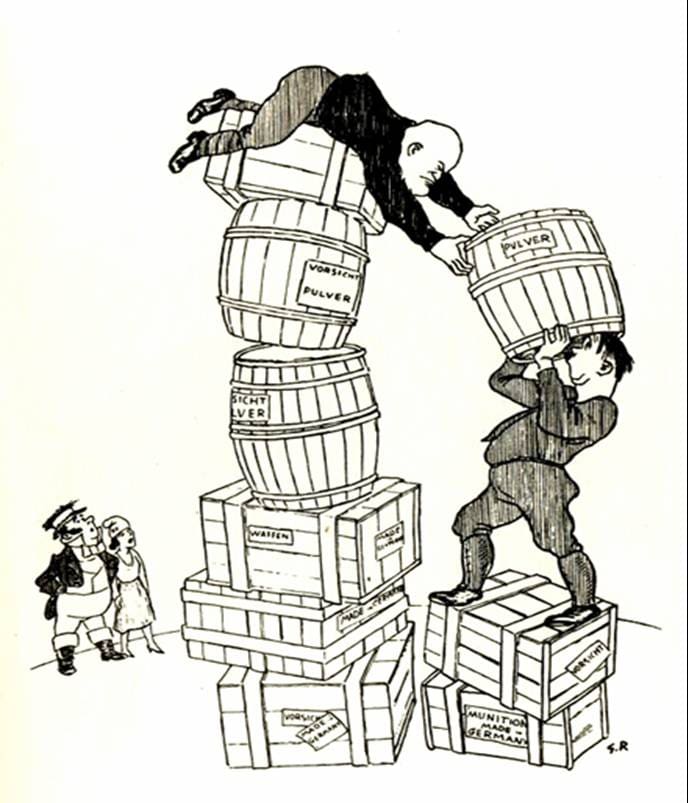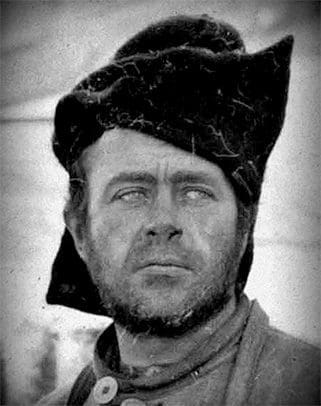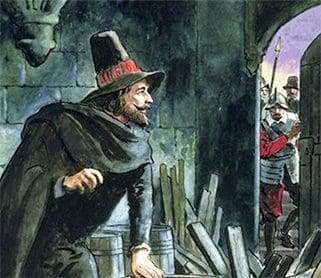
This skilfully differentiated lesson places pupils in the role of detectives that have to find evidence to back up statements that have been made about the Gunpowder plot. They are given responsibility for a range of statements carefully matched to their learning needs. They work in pairs to find evidence that backs up statements they have been given. They do this using the gallery approach, whereby 19 key images are placed around the room. Pupils with clipboards set off the hunt down the images that match the statements. Some children will need this to be modelled first: others might be ready to tackle the challenge straightaway. As this lesson involves considerable moving around for quite some time, it is best if you move to a room where there is plenty of space for you to display 20 images around the room and for groups of pupils to ‘visit’ them without too much congestion!
Learning objectives
- Children look carefully at a range of images to work out which image supports which statement;
- some children are able to see that statements can be backed up by more than one image;
- the most able can work out which images provides the best evidence and can also make deductions about which are pieces of evidence that have survived from the time.
Starter
Set the scene. The local police force need some extra detectives to work with them. They have heard that the children in this class are budding detectives, but can they prove to the Chief Constable that they really are that good. All they have to do is to match the statements they have been given to the images which have been placed around the room. You will find different routes for differentiation at the end of this introduction, but it is important that all pupils experience the same challenge just using different statement of fewer of them. Give each team of 2 or 3 the numbered cards – see Downloadable resources – that present the most appropriate challenge for them
Step 1
When all the pupils are happy that they know what the task entails set them off, but make sure you have a brief word with your more able pupils. Their task is to find not just ONE example BUT ALL the examples they can find AND they also have to say which, in their opinion is the strongest.
Step 2
With clipboards and recording sheets at the ready (most have Resource Sheet 1 but more able have Resource Sheet 1a), let the pupils loose on the images. To avoid bunching, suggest different group start in different places. As they move round, your role is to prompt, question, encourage and exhort.
Step 3
As pupils start finishing, you might want to offer them a few more cards – slightly more difficult ones – as an extra challenge. (See below for details of difficulty). When most seem to have completed the task, start to consider the best way of feeding back. You can print off the answer sheet for pupils to self–check or you can go for a quick Question & Answer session. The answers are given on Resource Sheet 3 if the pupils want to self-assess. The more able students who are trying to find the best image which proves the statement benefit from a brief discussion with you in which they explain their choices. The advantage of the self-assess technique is that it frees you to talk to individuals. I would use this time to pose 2 brainteasers to the most able pupils.
There are a number of strategies for differentiation in this lesson
Strategy 1
The 4 statements the children have to find evidence to support can easily be differentiated. Here is a list of suggestions
A-E have been designed for those who need considerable support, 1-4 are quite straightforward, 5-8 are more demanding 9-15 are harder.
Strategy 2
You can increase or reduce the number, so the lowest attaining pupils might do just, say, 1-6 whilst your most able might start at 12 and work back to 6 to ensure that they are challenged right from the start.
Strategy 3
The more able pupils are not restricted to finding just one picture. They have to list all the pictures that back up the statement, not just one, and think about which one they think proves it best!
Strategy 4
There are 2 brainteasers which have been set up for the most able questions at the end of the session.
Brainteaser question 1: Of all the pictures which on shows something that DIDN’T ACTUALLY HAPPEN. Clearly the attempt was abortive so picture 14 would be the one. It shows the blowing up of the Houses of Parliament.
Brainteaser question 2: Of all the objects and pictures you have seen which THREE do you think have survived over 400 years
Answers. Any THREE of the following could be chosen. P1 the famous Monteagle letter; P8 The sketch of the plotters; P9 Guy Fawkes confession in the National Record office; P10 Guy Fawkes Lantern which is on display in a museum in Oxford; a case might be made for P6 too.
The Plenary
This time reverse the process by quickly going through the 20 PowerPoint slides and asking individual pupils to say what the slide tells us. You could you question to specific pairs of pupils, carefully matching to their ability. I have shown this by use of the crude code E for easy M for medium H for hard. You might like to start at number 19 and work backwards as 18 and 19 are easy and confidence building
Picture 1 That there was a warning letter H
Picture 2 Guy Fawkes was discovered red-handed M Picture 3 Guy Fawkes didn’t act alone H
Picture 4 Guy Fawkes laid a trail of gunpowder E/M Picture 5 Lord Monteagle was warned not to turn up H Picture 6 Guy Fawkes was tortured M
Picture 7 Guy Fawkes was discovered by the guards E Picture 8 Guy Fawkes was part of a gang of plotter M AND was not the ringleader H
Picture 9 Guy Fawkes found it very hard to write his name as he had been tortured M
Picture 10 Guy Fawkes’ lantern M
Picture 11 Beefeaters who search the cellars nowadays M/H
Picture 12 We celebrate Bonfire Night on 5th November E
Picture 13 Coin and website showing 400th anniversary in 2005 H/M
Picture 14 The explosion that never happened!! H
Picture 15 Guy Fawkes being arrested E
Picture 16 Mug with rhyme about ‘Remember remember’, M
Picture 17 Guy Fawkes taken to King James H
Picture 18 On Bonfire night we have fireworks E
Picture 19 Bonfire Night showing a guy on bonfire E

